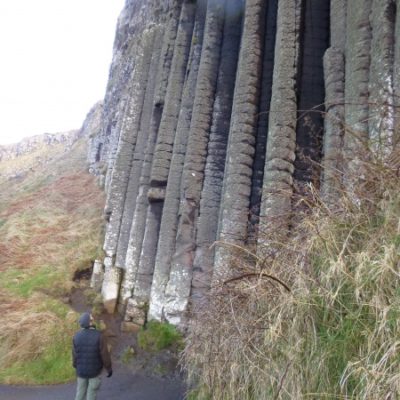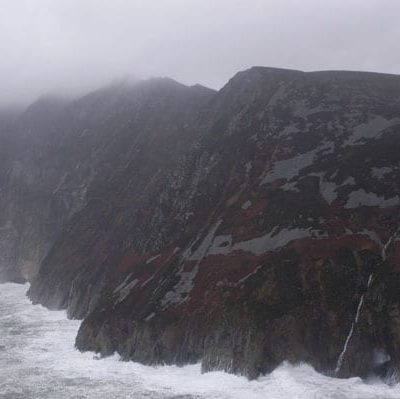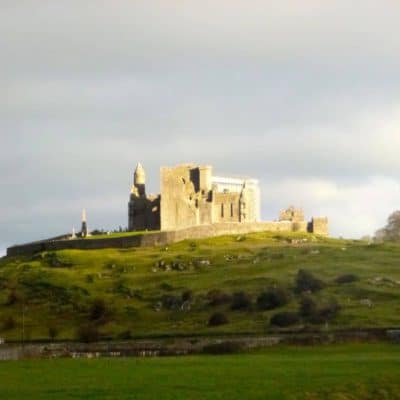If you ever find yourself itching to see some ruins, may we suggest Ireland. This isn’t news if you’ve looked at our pictures, but the British Isles have a LOT of ruins. And we have seen most of them, and, frankly, we are done. But before heading into the gleaming modernity of Dublin, there was one more ruin we needed to see, which was Bru Na Boinne. A megalithic burial/ritual complex north of Dublin, we went expecting the piles of lifeless stones we had seen at other prehistoric burial places. As it turns out, this site had more life in it than most of the active churches we visited. Granted, the exterior had been restored so that it looked newly constructed, but the interior (which we were miraculously able to access) was just as it was 5000 years ago. The construction is astonishing in both its beauty and efficiency, with a roofbox designed to project the rising sun across the chamber floor at each winter solstice. It was a place of peacefulness and light, where you can imagine life being celebrated in death. A very un-ruined ruin.
Then, Dublin. We realized after the fact that we didn’t take any pictures in Dublin, and it’s also harder to write about. We loved it, we can say that. We stayed north of the Liffey, but close enough that we could get everywhere with a good walk. And fortunately, the weather cooperated — bright sun the whole time. We did the big museums, which were fabulous and so rich with artifacts that they almost became uninteresting (almost). We saw the Book of Kells at Trinity College, which made Amanda’s history-nerd heart nearly explode (the best part: notes in the margins along the lines of “I’m tired of this.” “It’s cold in here.”) We walked around Temple Bar and St. Stephen’s Green, ducked in some fantastic pubs, had delicious kebabs, navigated around the MILLIONS of double-decker buses that roam the city. It’s hard to know what it’s like to try and live in Dublin, but the feel of the city centre is cosmopolitan, accessible, and charming. A great note to go out on.


